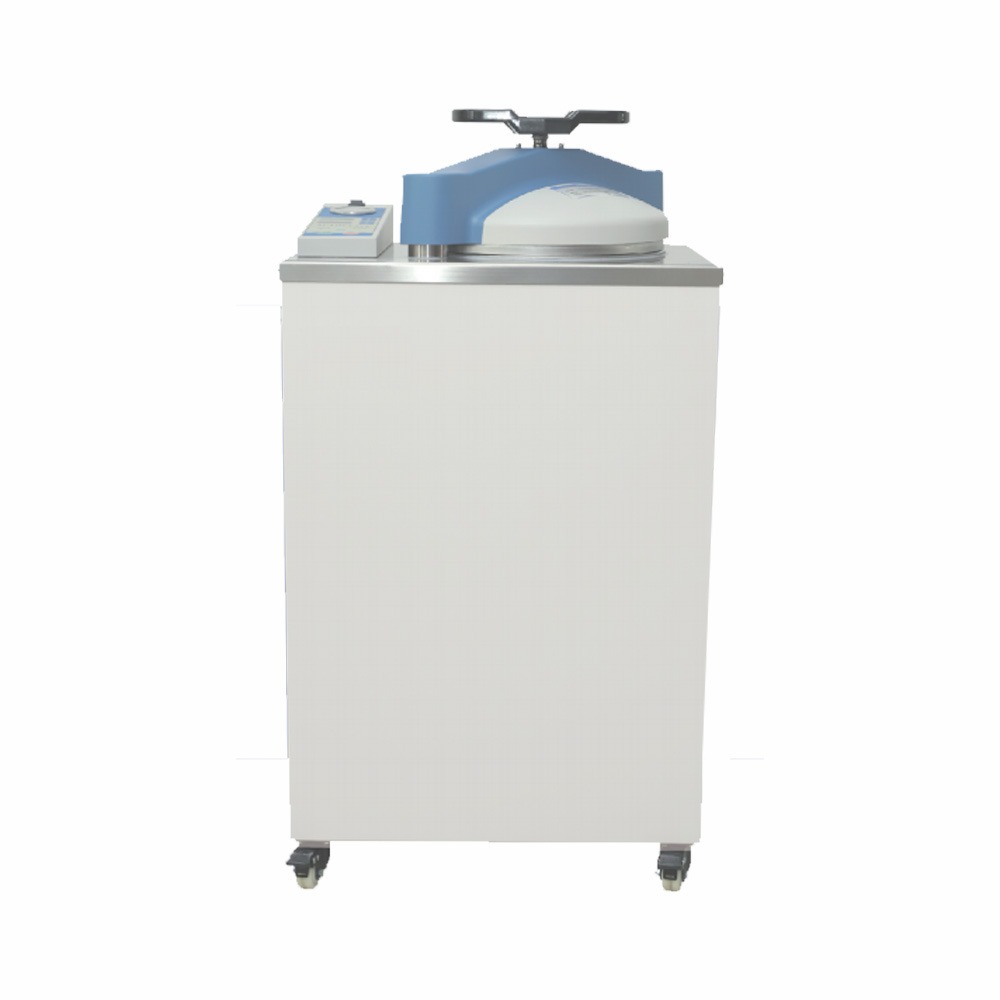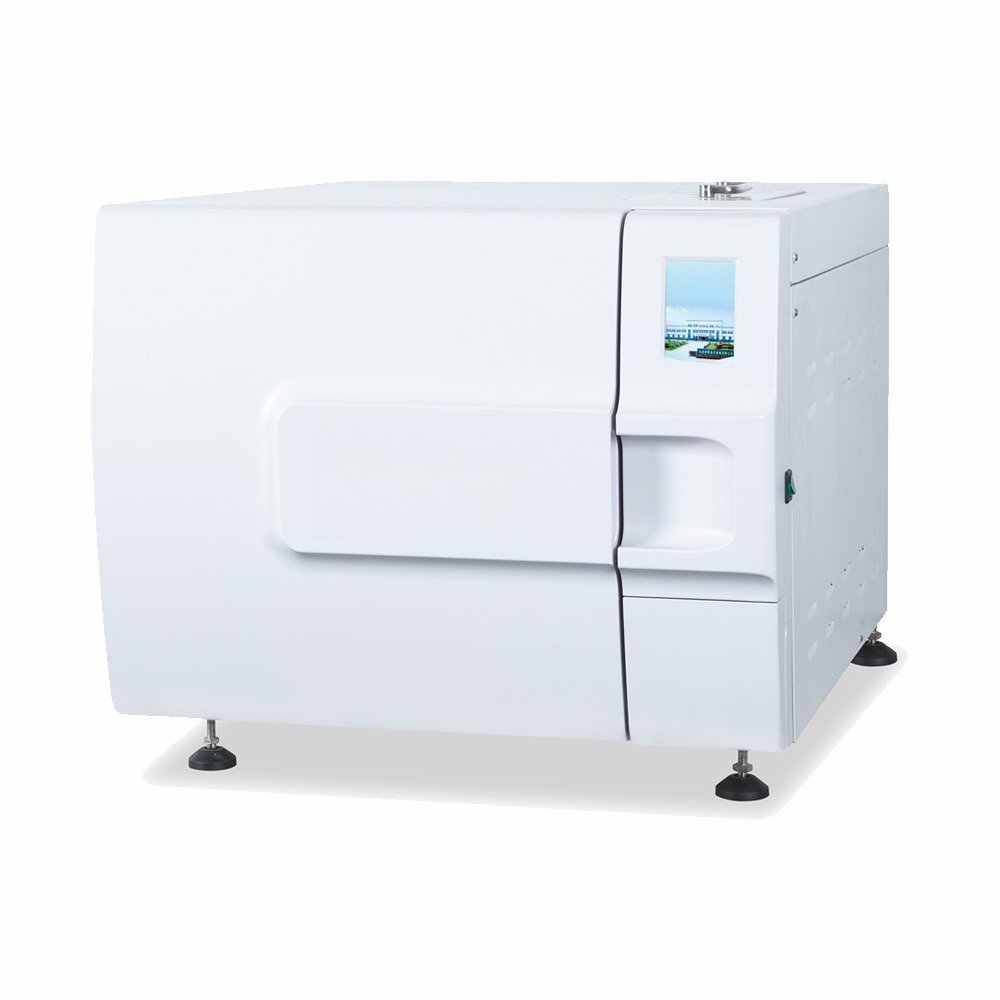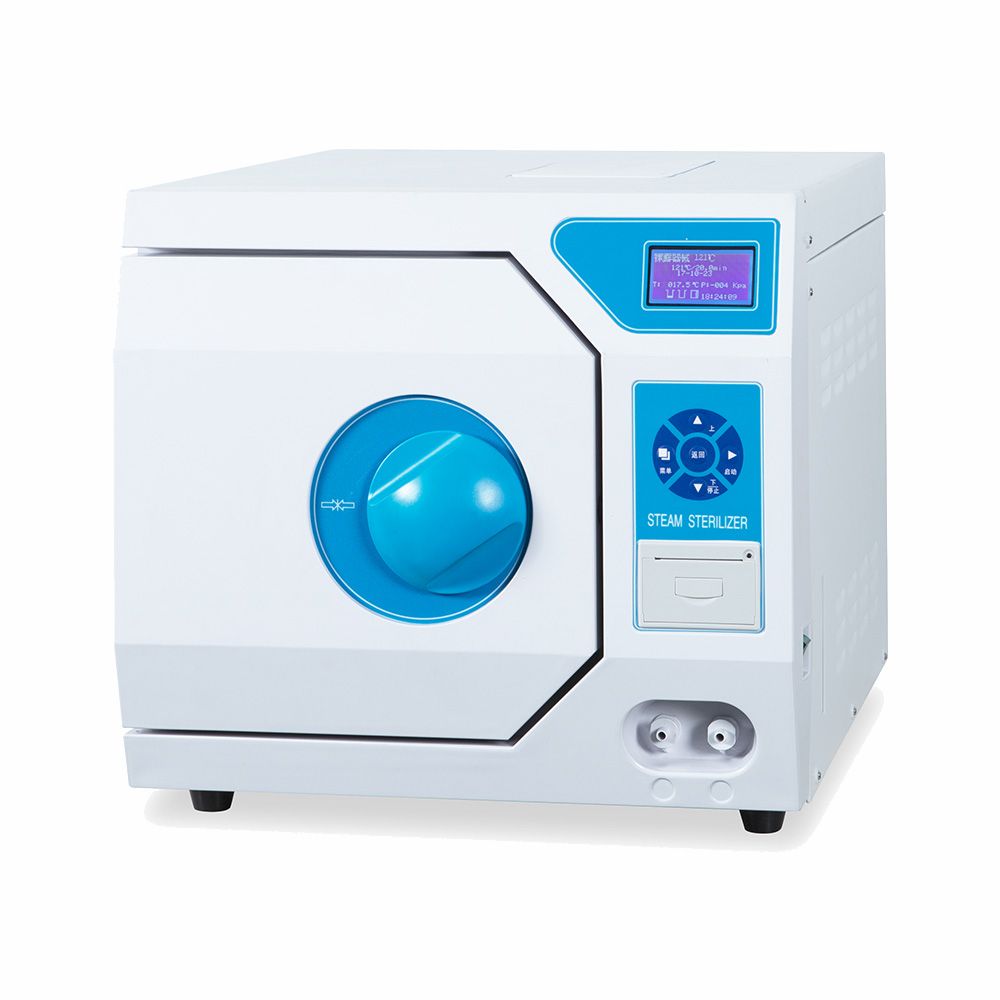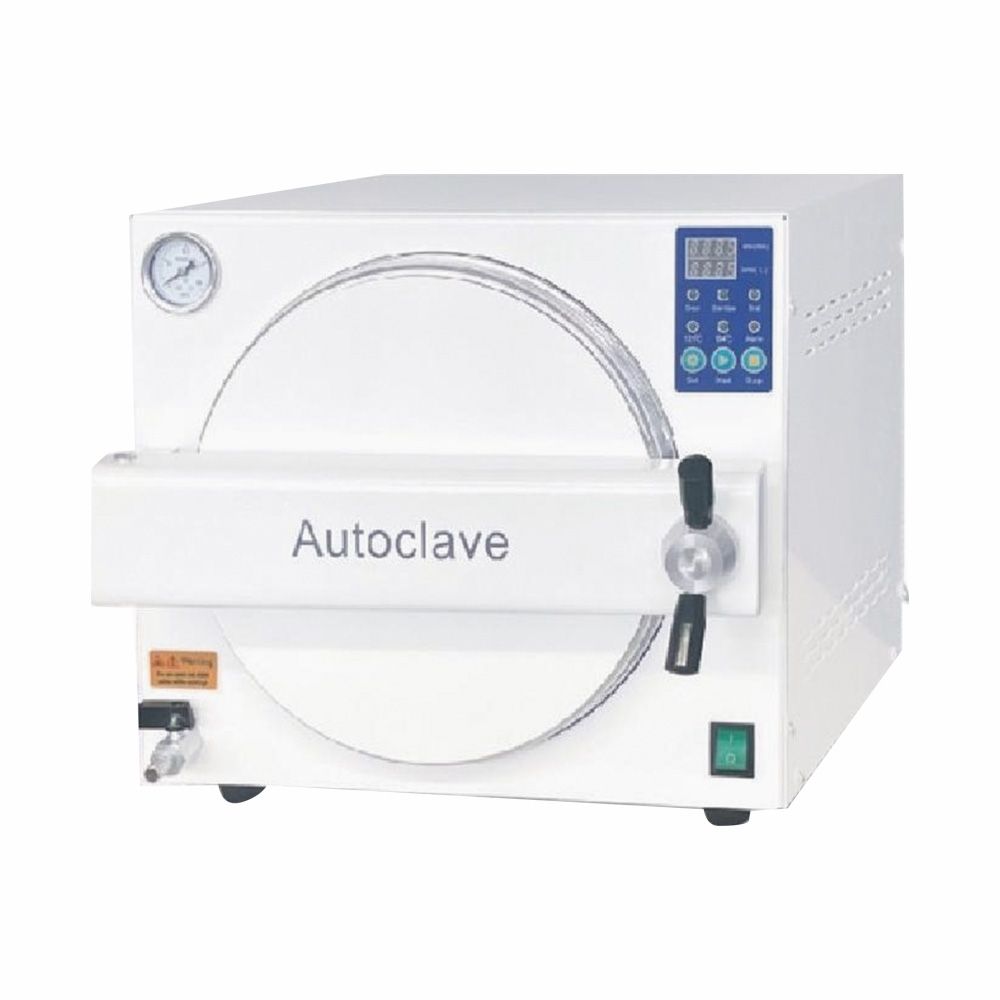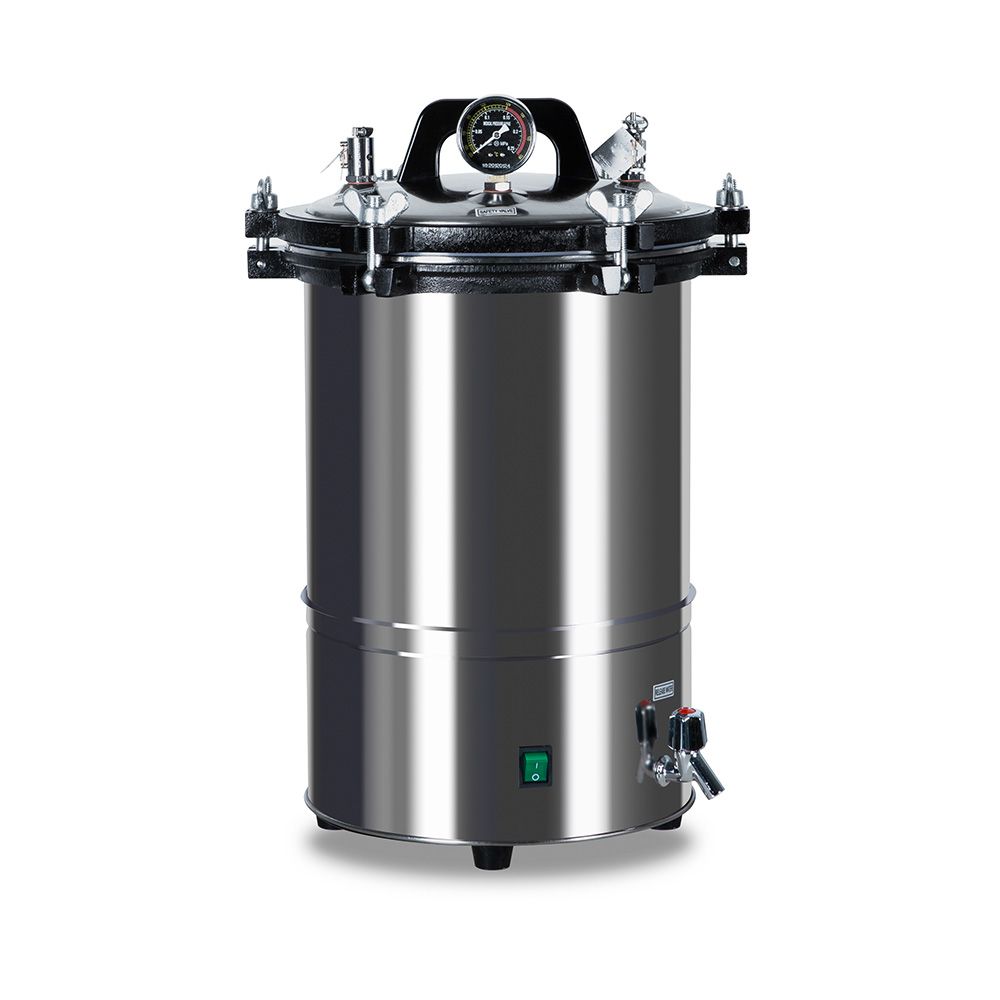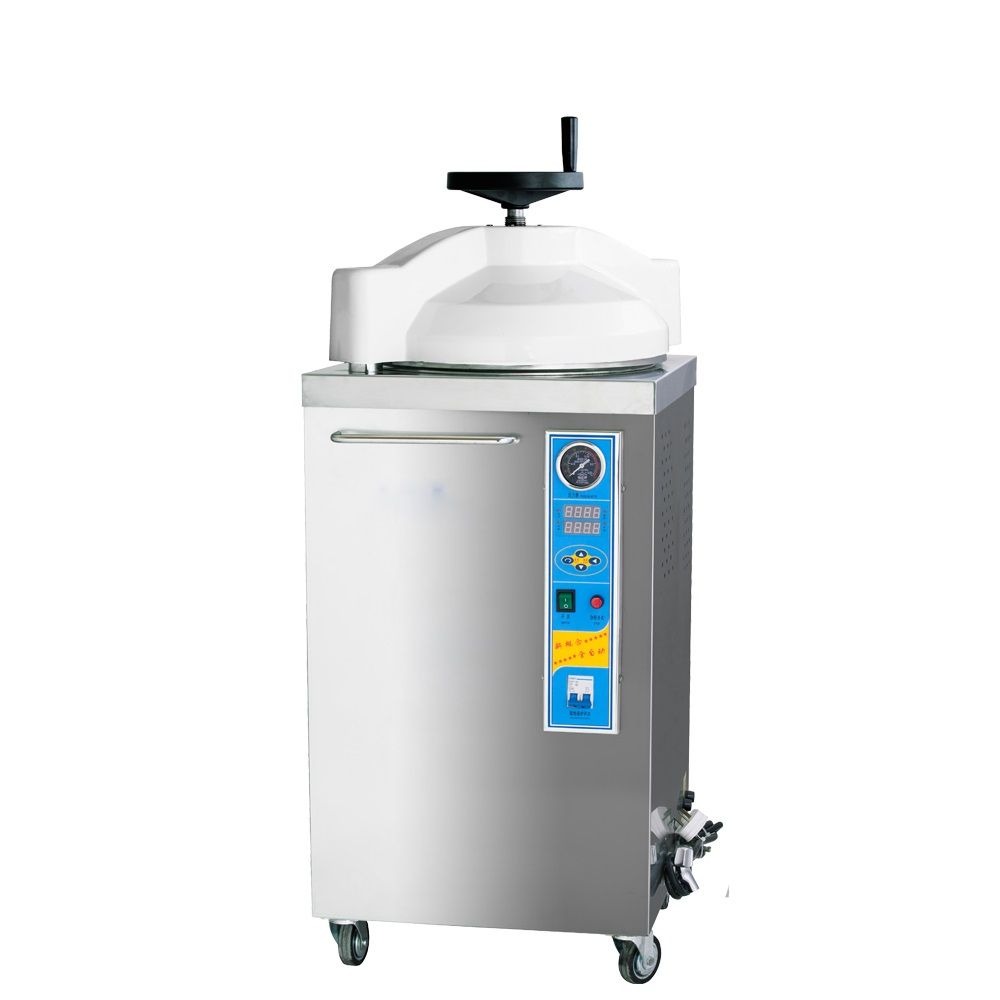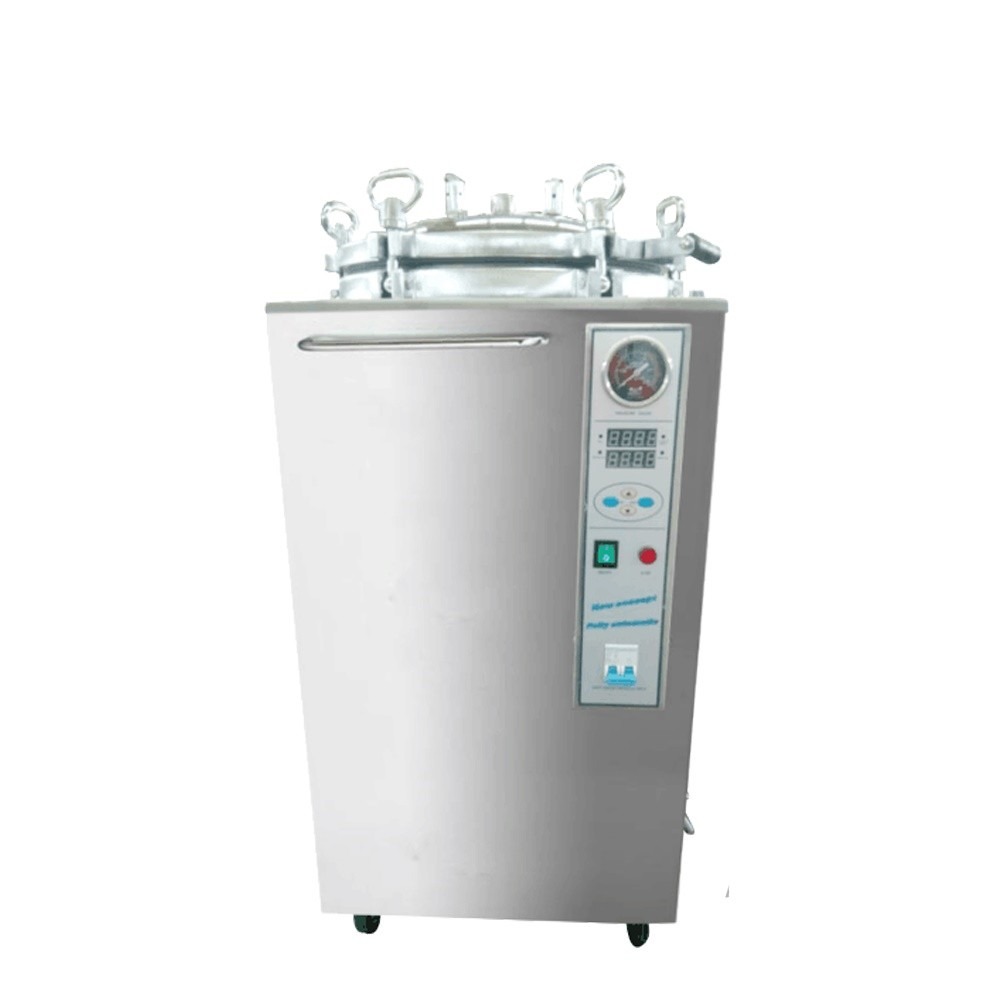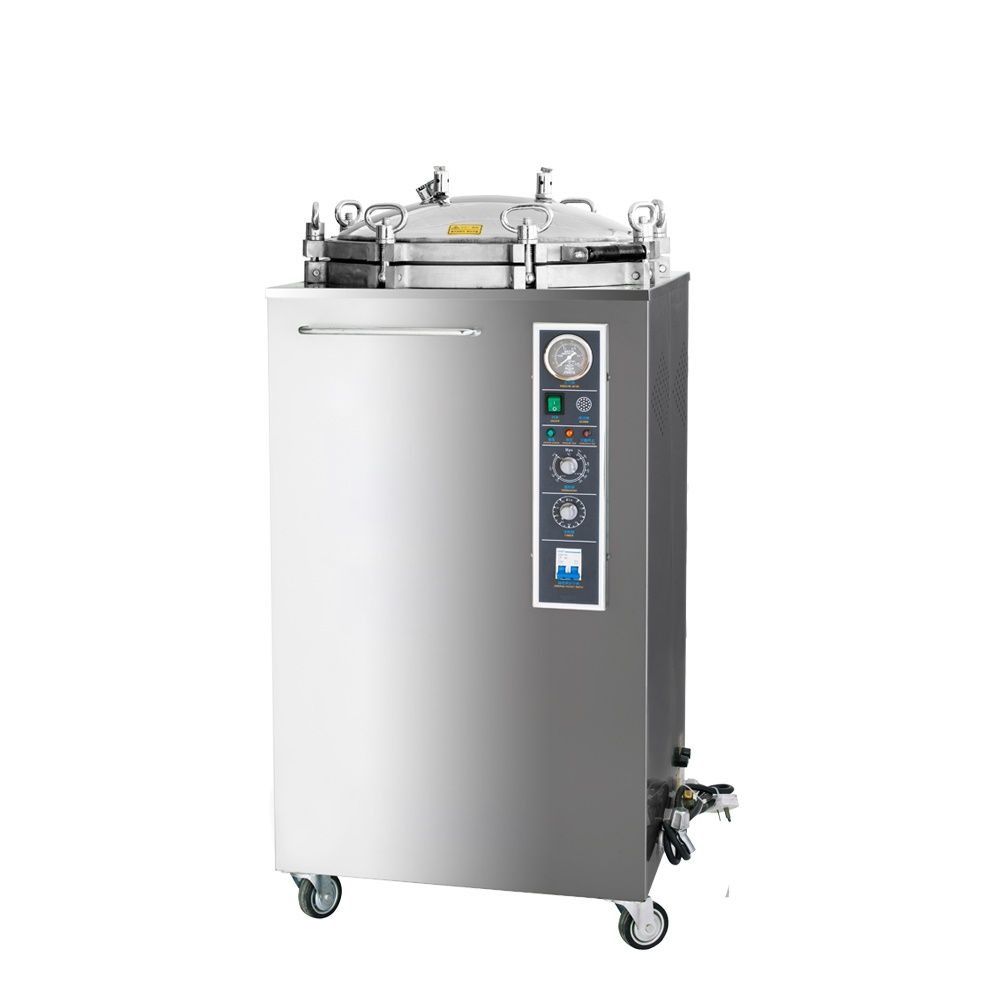Laboratory autoclaves are the unsung heroes of scientific and medical research, quietly ensuring the integrity of studies, the reliability of results, and the safety of laboratory personnel. These vital machines sterilize equipment, glassware, and materials using the power of high-pressure steam, guaranteeing that they are free from harmful microorganisms. In this article, we will explore the world of laboratory autoclaves, their significance, working principles, common types, and best practices for their use.
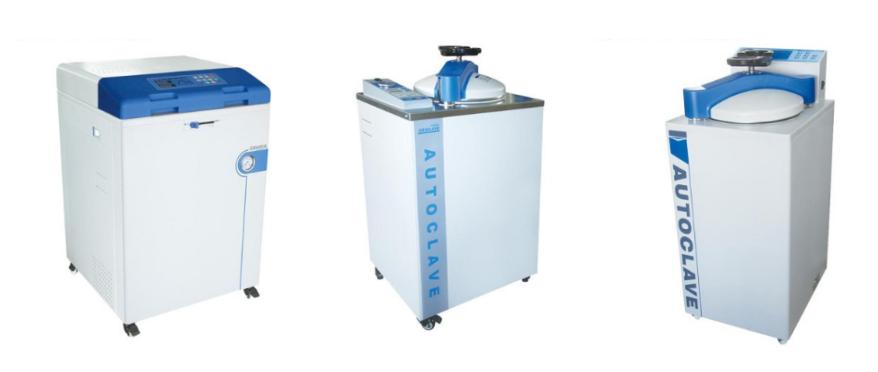
The Significance of Laboratory Autoclaves
Maintaining sterility is critical in a laboratory setting. Contaminated equipment or media can jeopardize experiments, produce erroneous results, and even endanger one’s health. Laboratory autoclaves serve an important role in preventing these concerns by sterilizing a wide range of things such as glassware, tools, media, and more.
Key Components and Working Principles of Laboratory Autoclaves
Key Components
- Chamber: The sterilization chamber is typically made of stainless steel, capable of withstanding high temperatures and pressures. This is where the items to be sterilized are placed.
- Steam Generator: The autoclave’s steam generator produces high-pressure steam, which is crucial for the sterilization process.
- Control System: Autoclaves are equipped with user-friendly control panels, allowing precise adjustment of parameters such as temperature, pressure, and sterilization time.
- Safety Features: Most autoclaves are equipped with safety features like pressure relief valves, interlocking systems, and alarms to ensure safe operation.
Working Principle
The working principle of laboratory autoclaves is based on subjecting items inside the chamber to high-pressure steam. The process involves several steps:
- Loading: The items to be sterilized are loaded into the chamber. Care is taken to ensure proper placement to allow steam penetration.
- Sealing: The autoclave door is securely sealed, and gaskets and seals are checked to ensure an airtight seal.
- Parameter Setting: The operator configures the desired sterilization parameters, such as temperature, pressure, and sterilization time.
- Heating: The steam generator heats water to produce steam, which is injected into the chamber, raising the temperature and pressure.
- Sterilization: Items inside the chamber are exposed to high-pressure steam for a specified period, effectively eliminating microorganisms.
- Depressurization: After sterilization, the autoclave gradually releases pressure, making it safe to open the chamber.
Common Types of Laboratory Autoclaves
Laboratory autoclaves come in various types, each designed for specific applications and requirements.
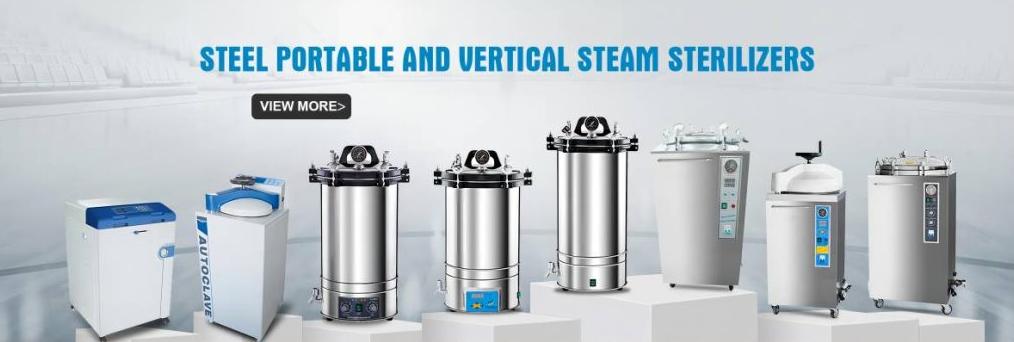
1. Gravity Autoclave
These are the most common types of laboratory autoclaves.
They work by using gravity to remove air from the autoclave chamber and replace it with steam.
Ideal for sterilizing solids, liquids, and instruments.
Well-suited for general-purpose sterilization in research laboratories and medical facilities.
2. Pre-vacuum Autoclave
These autoclaves use a vacuum pump to remove air from the chamber before introducing steam.
Effective in sterilizing porous materials and fabrics.
Promote better penetration of steam, making them suitable for sterilizing large or complex loads.
3. Steam Autoclaves
Steam autoclaves are used for industrial and pharmaceutical applications.
They are designed to handle large volumes of materials and equipment.
Commonly used in pharmaceutical manufacturing, food processing, and large research facilities.
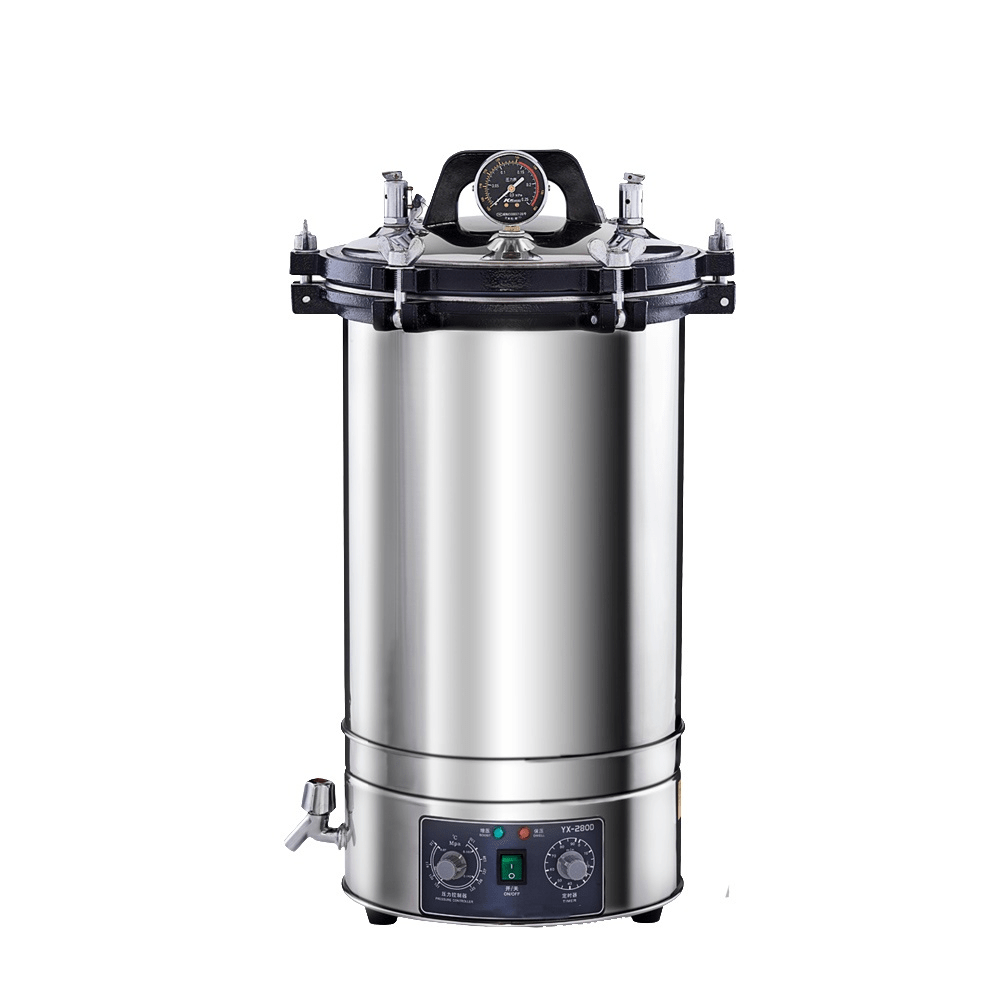
4. Tabletop Autoclave
Compact and space-saving autoclaves designed for smaller laboratories, dental clinics, and private medical practices.
Typically gravity-based and suitable for sterilizing small loads of instruments, glassware, and lab equipment.
5. Pass-through Autoclave
These autoclaves have two doors, allowing materials to be loaded from one side and unloaded from the other, without risking contamination.
Often used in cleanrooms and research facilities where maintaining sterility is crucial.
6. BSL-3 and BSL-4 Autoclaves
These specialized autoclaves are designed for use in biosafety level 3 (BSL-3) and level 4 (BSL-4) laboratories.
They are equipped with additional safety features to handle highly infectious or hazardous materials, such as viruses and bacteria.
7. Continuous Sterilizers
These autoclaves operate continuously, allowing a continuous flow of materials to pass through the sterilization process.
Commonly used in the food industry and large-scale production facilities.
8. Class B Autoclaves
Class B autoclaves are designed to meet strict sterilization standards, including the sterilization of hollow and porous loads.
They are commonly used in dental clinics, hospitals, and medical research facilities.
9. Laboratory Glassware Autoclaves
These specialized autoclaves are designed for sterilizing laboratory glassware such as bottles, flasks, and pipettes.
They often include specialized racks and holders for efficient sterilization.
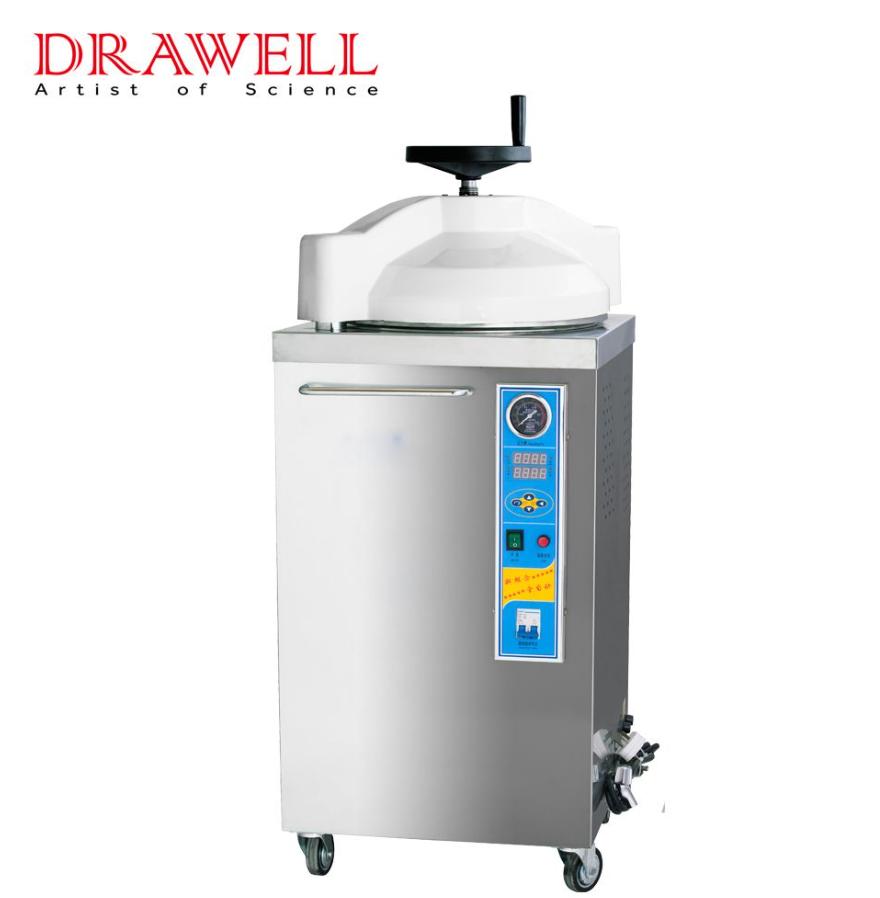
Best Practices and Safety for Laboratory Autoclaves
To maximize the effectiveness of laboratory autoclaves and ensure safety, consider the following best practices.
Regular Maintenance
Autoclaves should undergo routine maintenance, including chamber cleaning and seal inspection.
Proper Loading
Ensure items are loaded correctly to allow thorough steam penetration.
Operator Training
Personnel should be trained in autoclave operation and safety protocols.
Safety Measures
Follow safety guidelines and wear appropriate personal protective equipment when working with autoclaves.
Validation
Periodic validation and calibration of autoclave parameters help ensure consistent sterilization results.
Conclusion
Laboratory personnel can leverage the power of lab autoclaves to assist their vital work while maintaining the highest standards of cleanliness and safety by understanding the principles of operation, typical types and applications, and safety procedures.

